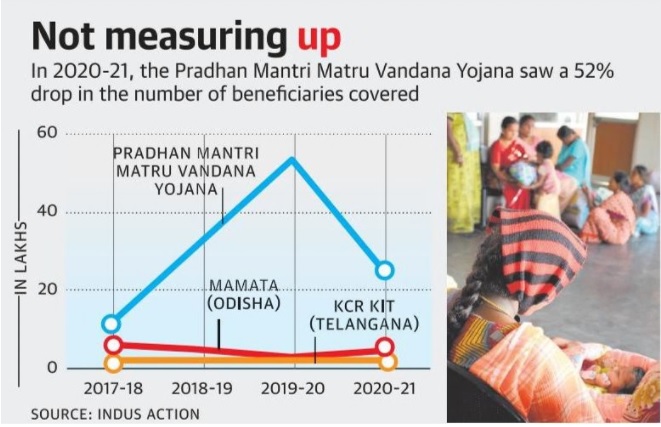900 319 0030
enquiry@shankarias.in
Five years since its introduction, there is vast scope for improvement in the Pradhan Mantri Matru Vandana Yojana (PMMVY).
India accounts for a fifth of the total childbirths in the world, with a maternal mortality rate of 113 per 1,00,000 live births.

SAMARTHYA is a scheme under the umbrella scheme Mission Shakti (Mission for Protection and Empowerment for Women). It includes schemes such as
- Beti Bachao Beti Padhao
- Creche
- Pradhan Mantri Matru Vandana Yojana
- Gender Budgeting/Research/ Training
References